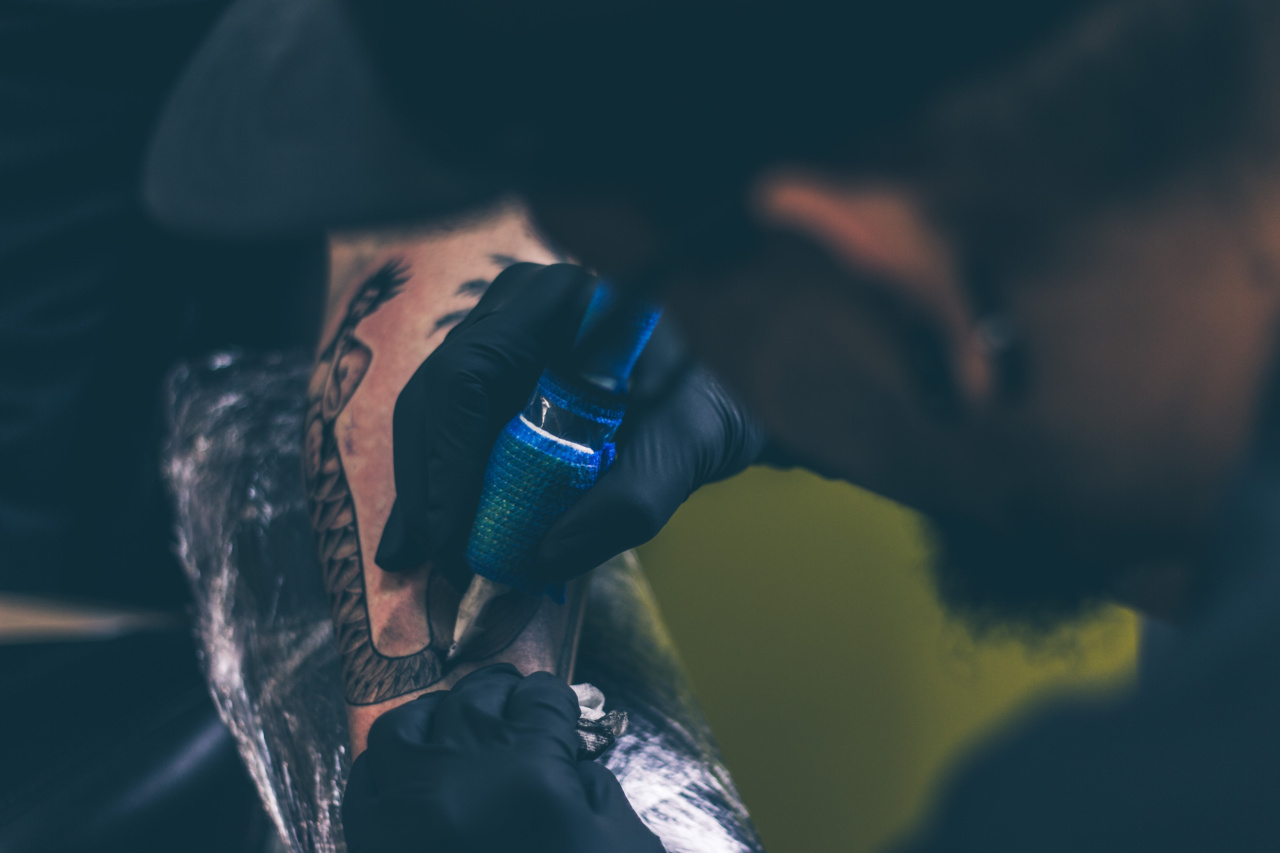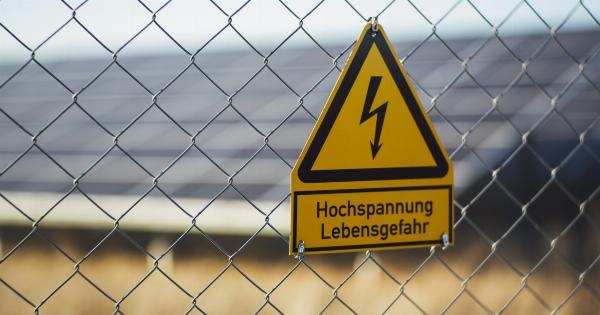When it comes to temporary body art, henna tattoos have gained popularity in recent years. Known for their intricate designs and exotic appeal, henna tattoos are often considered a safe and painless alternative to permanent tattoos.
However, there is a darker side to these seemingly harmless temporary tattoos that many people are unaware of.
1. Misleading Labels and Toxic Ingredients
One of the main concerns with henna tattoos is the misleading labels that claim to be made with natural henna.
In reality, many of these products contain harmful chemicals such as para-phenylenediamine (PPD), which is known to cause allergic reactions and skin sensitization. PPD is often added to henna to create black or dark-colored tattoos. This deceptive labeling can be dangerous, as unsuspecting individuals may be exposed to harmful substances without their knowledge.
2. Allergic Reactions and Skin Sensitization
While henna itself is generally safe to use, the addition of chemicals like PPD dramatically increases the risk of allergic reactions and skin sensitization. These reactions can range from mild irritation and redness to severe blistering and scarring.
Individuals with sensitive skin or a history of allergies are especially vulnerable to these adverse effects. Unfortunately, the consequences of an allergic reaction to a henna tattoo can last long after the tattoo fades away.
3. Acute Chemical Burns
In some cases, individuals have experienced acute chemical burns from henna tattoos. This occurs when the toxic chemicals in henna products react with the skin, causing painful burns and tissue damage.
The severity of these burns can vary, ranging from first-degree burns with redness and swelling to more severe second-degree burns with blisters and skin peeling. These burns can leave lasting scars and require medical attention.
4. Cross-Reactions with Other Substances
Research has shown that some individuals who have had a henna tattoo can develop allergies to related substances, such as certain hair dyes and textile dyes.
This phenomenon, known as cross-reaction, occurs when the immune system reacts to similar chemical structures found in these substances. These cross-reactions can lead to complications and make it difficult for affected individuals to use a range of common everyday products.
5. Cultural Appropriation
Henna tattoos have their roots in ancient cultures, particularly in the Middle East, South Asia, and North Africa. These tattoos hold cultural and religious significance for many individuals within these communities.
However, the increasing popularity of henna tattoos has led to widespread cultural appropriation. Many people now view henna tattoos as a fashionable accessory without understanding or respecting their cultural origins. This disregard for cultural significance can be offensive and disrespectful to those who hold henna tattoos dear.
6. Unregulated and Unsafe Practices
The henna tattoo industry is largely unregulated, allowing for the proliferation of unsafe practices. Tattoo artists who lack proper training or certifications may unknowingly use contaminated or expired henna products.
Additionally, the lack of standardized guidelines leaves room for unscrupulous individuals to cut corners and use toxic chemicals. This lack of oversight puts consumers at risk of exposure to harmful substances and skin damage.
7. Long-lasting Stains and Removal Challenges
While henna tattoos are intended to be temporary, the dark side lies in their long-lasting stains. The addition of harmful chemicals like PPD can result in stains that persist for weeks or even months.
Individuals may find themselves stuck with a tattoo they no longer desire, leaving them with limited options for safe removal. Some attempts at removal can cause further skin damage and may require professional help.
8. Psychological and Emotional Impact
Although henna tattoos are temporary, the negative experiences associated with them can have lasting psychological and emotional impacts.
Allergic reactions, skin sensitization, burns, and other adverse effects can lead to feelings of distress, self-consciousness, and lowered self-esteem. Individuals may develop a fear of tattoos or become hesitant to explore other forms of temporary or permanent body art.
9. Reputational Damage to Genuine Henna Artists
The rise of henna tattoos has also resulted in reputational damage to genuine henna artists who adhere to traditional practices and prioritize the safety of their clients.
The influx of poorly trained or uninformed individuals offering henna tattoos has led to a lack of trust and credibility within the industry. True henna artists who commit to using natural ingredients and implementing proper techniques may struggle to differentiate themselves from those who engage in unsafe practices.
10. Educating and Raising Awareness
The dark side of henna tattoos highlights the importance of educating the public and raising awareness about the potential risks involved.
Consumers should be cautious and skeptical of labels claiming to be natural henna, as they may contain harmful ingredients. Regulation and oversight within the industry are necessary to ensure the safety of individuals who choose to get henna tattoos.
Promoting cultural respect and understanding can also help prevent the cultural appropriation of henna tattoos and foster a sense of appreciation for their origins.
Conclusion
While henna tattoos may seem like a harmless and trendy form of temporary body art, there are significant risks associated with these popular designs.
Misleading labels, toxic ingredients, allergic reactions, skin sensitization, burns, cross-reactions, cultural appropriation, unregulated practices, long-lasting stains, psychological impacts, and reputational damage are all part of the dark side of henna tattoos. Awareness, education, and industry regulation are essential to protect individuals from the potential dangers and ensure a safer experience for those who choose to explore this ancient and meaningful art form.






























